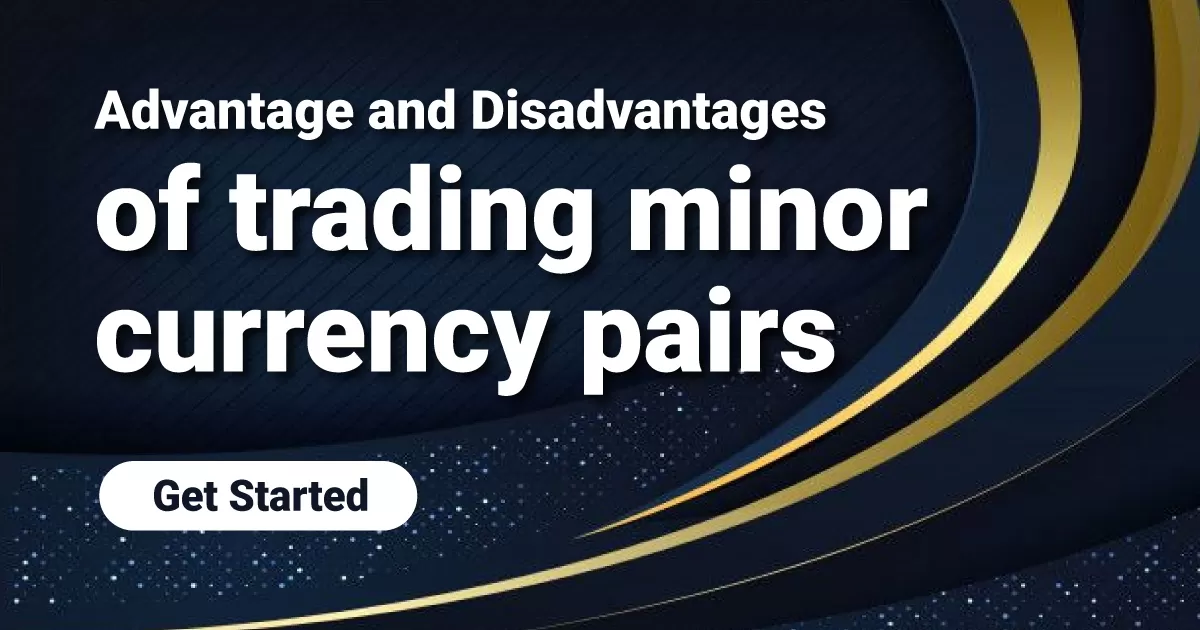Advantage and Disadvantages of trading minor currency pairs
Disadvantages of trading majors
Trading the majors is trading the big guys. The major pairs like EUR/USD, USD/JPY, GBP/USD, or AUD/CAD are liquid enough to allow us to place orders at any time of the day and they're not that much volatile either. According to this, we can expect relatively small swings in these pairs and this means less risk.
Good points about trading majors, but at the same time they have their flaws. The most evident one would be that you won't find much of a significant news background in these pairs so there's no clear direction for the price movement to take when it comes to breaking news, which might lead us to lose trades in no time.
Another thing that might bother you is the fact that when you're trading major, there's always a chance for higher volatility in an overseas market which might cause some serious major swings and wipe out your positions.
What we mean is that if we were to trade Gold, for example, we'd have a pretty clear picture of what's going on. For example, we knew that Gold was sold heavily and it didn't seem like there's a chance of price reversal yet, we opened a short position and we were right. The price dropped and we closed our trade with some decent profit in our pockets.
Now imagine the volatility of Gold when it's traded around the world 24 hours a day. This means that there will always be someone trying to take advantage of your trade and they'll have the funds to do so which might cause some serious drop in price with no turning back. Basically, you can't hold a position for too long before it gets hit by a significant move.
What are the benefits of trading minors?
Let's leave this for later and take a look at how we can benefit from trading them first. As we said, majors have lower volatility which means that on average they're traded over a longer period rather than being traded within two hours on both sides of price movement. This is an advantage for us because in this case, we can take our time in doing our analysis and when the price reaches an area that is favorable to enter a trade, we're more likely to find it.
So how does that help us? Let's say that we think that during the next couple of hours (or days) the price might do something significant, but instead of entering right away, we can wait for it to reach an area (support/resistance level, Fibonacci retracement) where we know that the price is more likely to do what we expect.
Actually, there's no bad thing about not entering a trade since this way you can make sure that you're trading the right way. Think about it this way:

















Recent Comments
Write a Comment